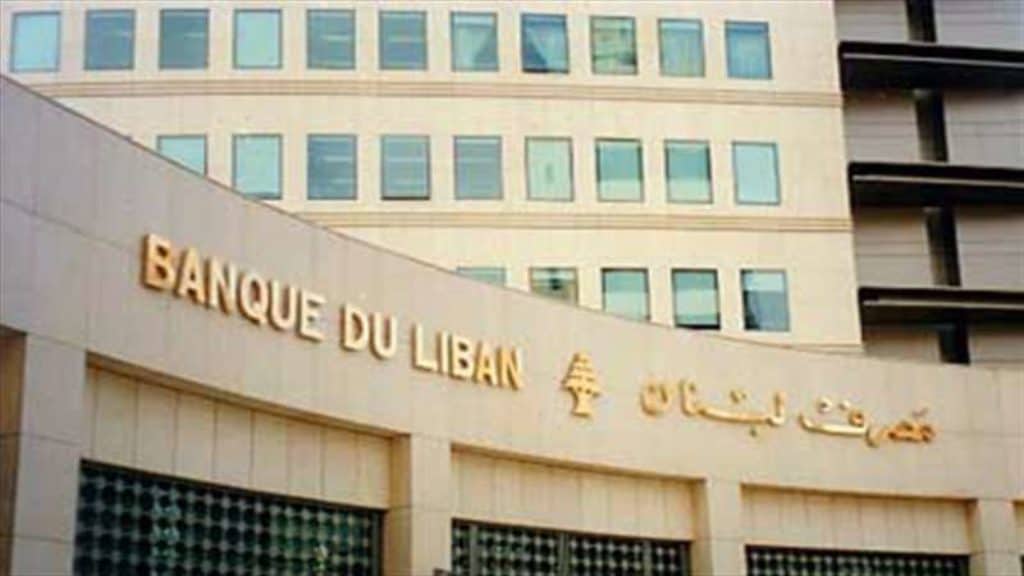
Headquarters of Banque du Liban et d’Outre-Mer.
A bomb blast exploded in Beirut’s Verdun neighborhood on Sunday, outside of the headquarters of the Banque du Liban et d’Outre-Mer (BLOM). No fatalities were reported from the attack, but two people suffered minor injuries. Commenting on the bombing, Lebanon’s Interior Minister Nouhad Machnouk said that “it is clear that the target was BLOM Bank only.”
Though no group has yet claimed the attack, the target of the attack has led many to suspect that Hezbollah was behind the bombing. As the Foundation for Defense of Democracies’s Tony Badran notes, “the bombing comes as Lebanese banks, in compliance with U.S. law, began closing accounts of individuals and institutions belonging to or affiliated with Hezbollah.” Badran also points out that the day before the attack, pro-Hezbollah daily al-Akhbar – which has a history of setting the stage for Hezbollah’s attacks and carrying the group’s threats against intended targets – singled out BLOM in a piece saying that implementing the sanctions was tantamount to an attack on the organization’s weapons.
Further strengthening suspicions that Hezbollah was behind the attack is an overlooked article titled, “The Monetary Aggression Against Hezbollah: A Lahad Banking Army,” which appeared in Islamic Revolution Guard Corps (IRGC)-affiliated Fars News Agency, two hours before the bombing. The title’s reference is to the late General Antoine Lahad – who commanded the Israel-allied South Lebanon Army (SLA) from 1984 until the IDF’s withdrawal from South Lebanon in May, 2000 – its obvious implication being that Lebanon’s banks, like the SLA, are fighting an Israeli proxy war against Hezbollah.
The article carried a threat by “a close associate of the party,” that if the banking sector continued to press Hezbollah, it would be faced with “expected – and even unexpected – reactions,” from the Shiite organization. It added that if the banks did not stop targeting Hezbollah’s host environment, then, “we could be faced with a new May 7, or perhaps even the 25th of that month.”
The dates are significant, because they are a thinly veiled threat by Hezbollah against the Lebanese banking sector, subtly manifesting its willingness to go to war over its compliance with US-imposed financial sanctions on the group. May 25th marks the completion of Israel’s withdrawal from Lebanon in 2000, an event that Hezbollah claimed as a victory over the IDF. More relevant to the article’s title, the date also recalls the collapse of the South Lebanon Army led by General Lahad in the face of Hezbollah’s rapid advance on positions which had been handed to them by the withdrawing Israeli forces in the south Lebanon security zone.
The May 7, 2008 date references the 2008 Lebanon Conflict. After the Lebanese government discovered that Hezbollah setup a secret surveillance system at Beirut International Airport around the main runway, it moved to shut down Hezbollah’s military telecommunications network and remove Beirut International Airport’s (BIA) security chief Wafiq Shuqeir over alleged ties to the group. In response, armed Hezbollah protesters blocked the roads with burning tires throughout Beirut. They cut off the road towards BIA from the rest of the city and occupied Beirut Port. By the end of the day, Hezbollah completely controlled West Beirut’s streets, blockaded the houses of pro-Western majority leader Saad Hariri, and declared that its armed action would continue until the government backed down. In a speech the next day, Hezbollah’s Secretary General Hassan Nasrallah described the government’s move as a “declaration of war … against the resistance and its weapons for the benefit of America and Israel.” In language reminiscent of the rhetoric Hezbollah’s media outlets are using against the current financial sanctions, Nasrallah called the communications network a, “significant part of the weapons of the resistance,” and threatened to “cut off the hand of the hand that targets the weapons of the resistance … Today is the day to carry out this decision.” And similarly to how Hezbollah’s media outlets are framing the current crisis, Nasrallah then stressed that the government had created the impasse and should pull itself out by acquiescing to Hezbollah’s demands.
Minutes after his speech, heavy street battles erupted in Beirut and pro-Hezbollah militants overran and burned down three pro-government offices and set up major barricades, closing major highways. The fighting continued for one week until May 14, during which Hezbollah’s forces spread throughout the city and occupied pro-government media outlets, forcing them to close. By then, the fighting spread into the southern city of Sidon, north to predominantly Sunni Tripoli, and into the Druze district of Aley, where Hezbollah’s offensive was backed with katyusha fire from its stronghold in southern Beirut. At the end of the clashes, 27 pro-government militiamen, 28 Lebanese civilians, 17 soldiers and 2 policemen were killed. It was the closest the Lebanon had come to civil war since its bloody 1975 internecine rivalry ended with the signing of the Taif Accords in 1989.
Hezbollah was using these thinly veiled hints as warnings to force the banking sector and Lebanon’s Central Bank to back down from their application of U.S. sanctions. In line with that, the bombing of BLOM was meant not to maim or injure – it was carried out at the time of the iftar meal when the area would be empty – but as a further warning: acquiesce to Hezbollah’s demands, or face potential violence. With the Governor of Lebanon’s Central Bank walking back anti-Hezbollah comments and BLOM softening its implementation of anti-Hezbollah US sanctions the day after the attack, it seems the message was received.







